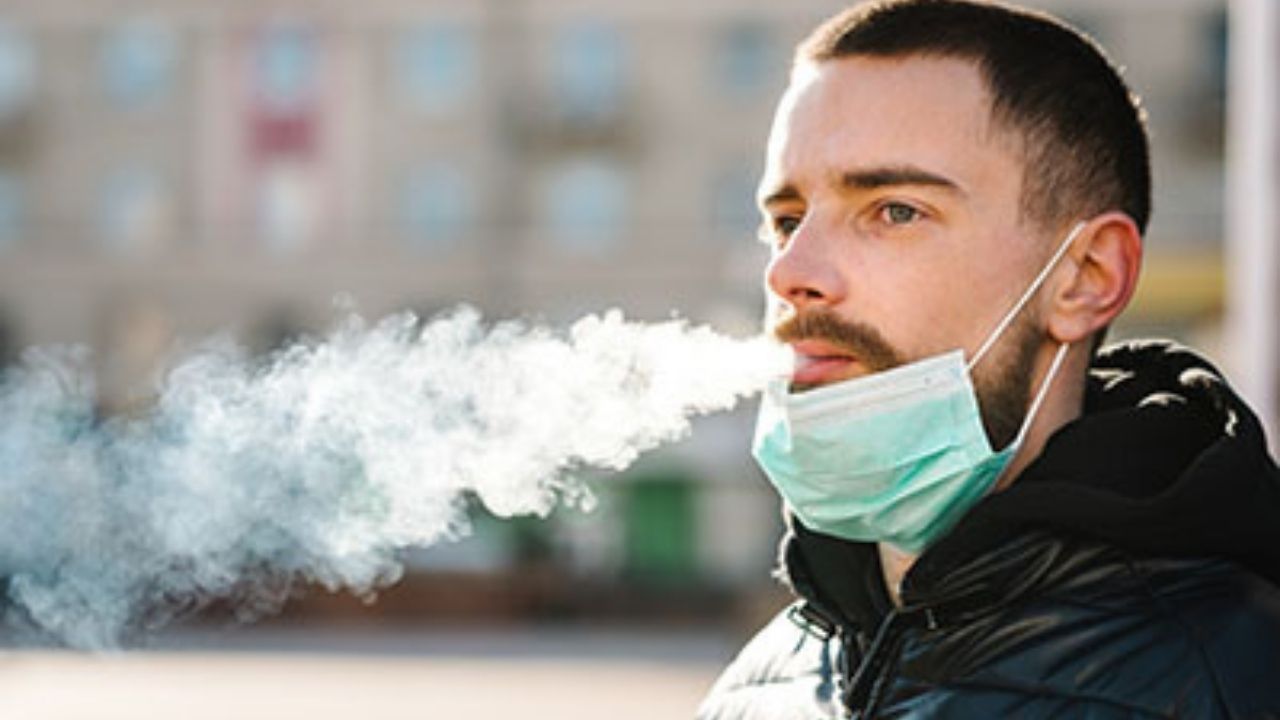
What is a pneumothorax?
A pneumothorax is the entry of air into the space around the lungs (pleural space) and can cause lung collapse. Naturally, pneumothorax affects breathing and can even cause severe respiratory distress.
The lungs are surrounded by a thin membrane called the pleura that delimits a space (pleural space) in which the pressure is lower than inside the lung. This helps the lung expand when we breathe. If there is air in this space, the pressure changes and makes it more difficult to expand the lung and therefore breathe. A partial or total collapse of the lung can occur, making breathing very difficult or impossible. The origin of this air in the pleural space can be from the lung itself or from outside, usually due to trauma.
Mainly, pneumothorax manifests with breathing difficulties and severe pain in the chest. Although, sometimes, it does not require treatment, in others it can constitute a medical emergency that requires the filtered air to be drained immediately, therefore, in the face of these symptoms, you should go to the emergency room to treat it as soon as possible and avoid its aggravation.
How does a pneumothorax occur?
Depending on the cause that originates it, a pneumothorax can be:
- Spontaneous. There is no apparent cause. It is divided into:
- Primary or juvenile: it occurs in patients without prior known lung disease. It is usually caused by the rupture of small air blisters called bullae, which can appear in the lungs. When they break, the air contained in them passes into the pleural cavity, causing the pneumothorax. It is more common in men between the ages of 20 and 40 and, usually, smokers.
- Secondary: appears in people who already have a previous lung disease such as asthma , chronic obstructive pulmonary disease (COPD) , cystic fibrosis , tuberculosis , whooping cough and, in some cases, pneumonia . In these cases, the rupture of the bullae causes the pneumothorax, as in the primary one, but the previous pulmonary disease can aggravate the picture.
- Traumatic: caused by trauma or injury to the chest. It can be open, the consequence of a penetrating wound to the chest -caused, for example, with a weapon or penetration of an object in an accident-, or closed, usually caused by a fracture, a ruptured bronchial tube or an injury to the esophagus but it can also be caused by sudden pressure changes (for example, in divers).
- Related to mechanical ventilation (barotrauma): the respirator can injure the lungs from the pressure they exert. In this case, the organ can completely collapse. Unintentional trauma can also occur that induces a pneumothorax in certain medical or surgical procedures, such as performing a bronchoscopy or placement of catheters in nearby areas. In these cases, it is called iatrogenic traumatic pneumothorax.
- Catamenial: it is an extremely rare form of pneumothorax and appears in women with endometriosis , recurrently and coinciding with the 72 hours prior to menstruation.
Symptoms of pneumothorax
Symptoms of pneumothorax vary based on factors such as the amount of air that has leaked into the pleural space, the extent of the lungs affected, and the person’s lung function before the pneumothorax.
It may also happen that there are no symptoms. According to the University of Navarra Clinic, this is what happens in 5% and 10% of cases. If there are, the most frequent are acute pain in the chest, which begins abruptly, and difficulty breathing -dyspnea-, which, in turn, causes nasal flaring . Pain in the shoulder, neck, or abdomen may also be felt . In fact, pneumothorax can be mistaken for a heart attack.
In people with previous lung disease, dyspnea can be severe. Other possible symptoms are bluish discoloration of the skin, tightness of the chest, dry cough , expectoration with blood, dizziness and lightheadedness, noise in the chest when breathing and fast heart rate.
In the most severe cases, shock and total lung collapse can occur, leading to profound hypoxia due to lack of oxygenation of the blood and this can lead to heart failure.
How can a pneumothorax be cured?
We must bear in mind that a pneumothorax is always a medical emergency. In many cases, if the affected part of the lung is small and there are no associated pathologies, medical treatment may not even be necessary, but only observation, but, in other cases, the pneumothorax can progress and oppress the other lung and the heart, so a quick diagnosis is crucial.
In mild cases, symptoms generally disappear as the lung reabsorbs air from the pleural space and gradually expands again. This process, which usually takes two to four weeks, requires only medical supervision and sometimes a temporary supply of oxygen through the nose or a face mask.
If the affected lung area is more extensive, it is necessary to suck the air out of the pleural space in order to relieve the pressure in the lung, so that it can expand again. This procedure can only be performed by properly trained or medical professionals and can be performed with a large needle attached to a plastic catheter that is inserted into the chest or by inserting a chest tube.
In some cases, surgery may be necessary to close the air leak, which is usually done with very minimally invasive surgery, in which a flexible tube with a chamber is inserted into the pleural cavity. If the air leaks are large or multiple, a larger incision between the ribs may be necessary to allow better access, although this rarely happens.
Depending on the cause of the pneumothorax, treatment may also seek to prevent its recurrence, since some conditions can lead to recurrent pneumothorax (for example, COPD ). In the case of smokers who have suffered from this problem, it is essential that they quit the habit.
Who can suffer it?
There are some risk factors that predispose to developing a pneumothorax: men are more likely than women (6: 1), as are people who smoke or who have already suffered a previous pneumothorax. In fact, primary pneumothorax has increased in incidence in recent years – and at increasingly younger ages – which seems to be related to smoking.

Likewise, genetics can increase the risk , since some types of pneumothorax can be inherited
In the case of spontaneous pneumothorax, as mentioned above, the probability of suffering it increases in men between 20 and 40 years of age, tall and thin.
Similarly, having previous lung diseases such as COPD or pulmonary fibrosis or needing mechanical ventilation are also risk factors. So are certain professions in which there are sudden pressure changes, such as divers.
On the other hand, regarding the incidence of this disorder, there are few epidemiological data on pneumothorax, but figures of between 2 to 18 / 100,000 are estimated for spontaneous pneumothorax, while the figures vary greatly in those of origin traumatic (closely related to the incidence of stab or firearm injuries and automobile accidents).
